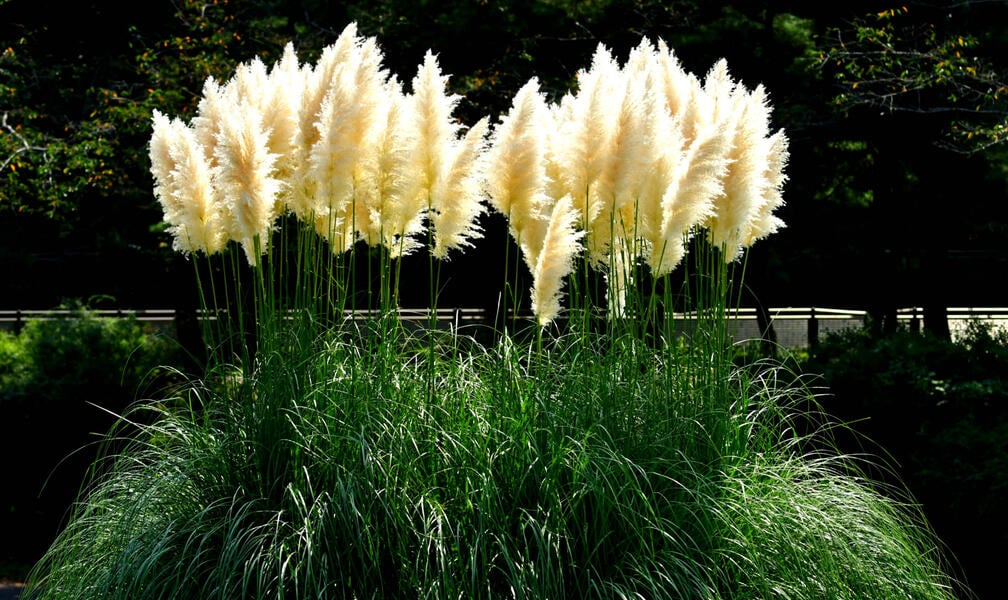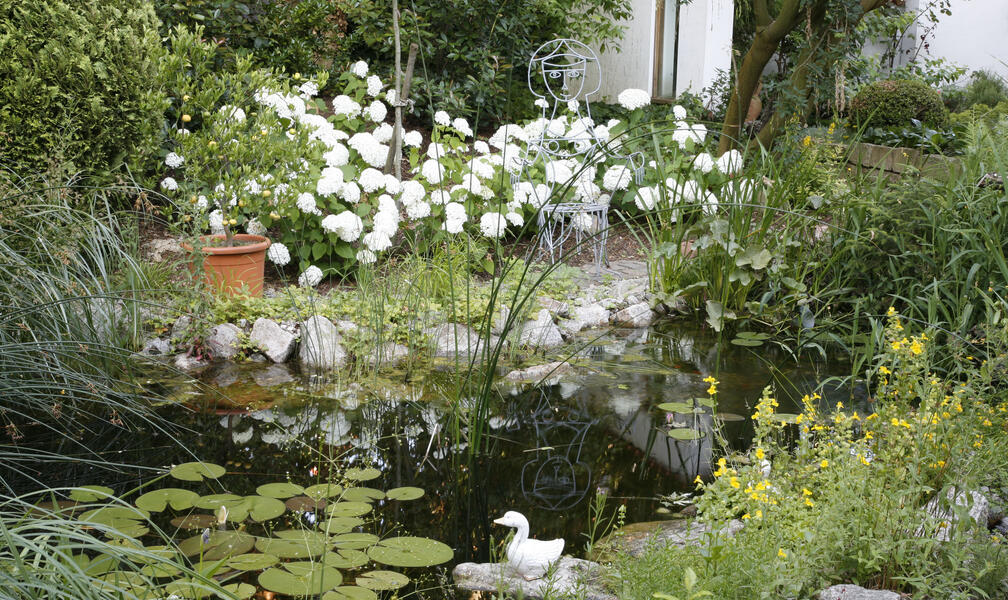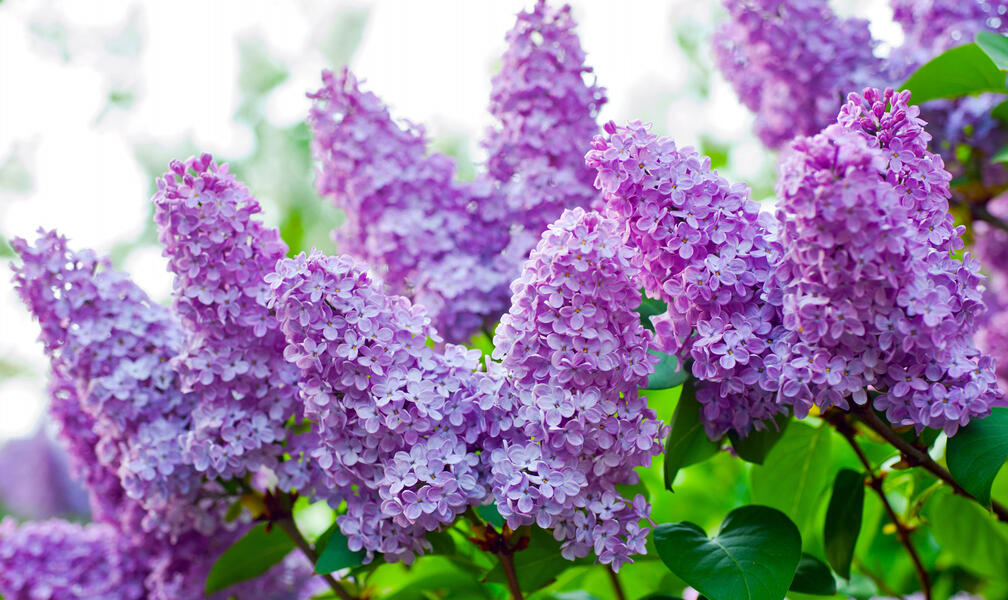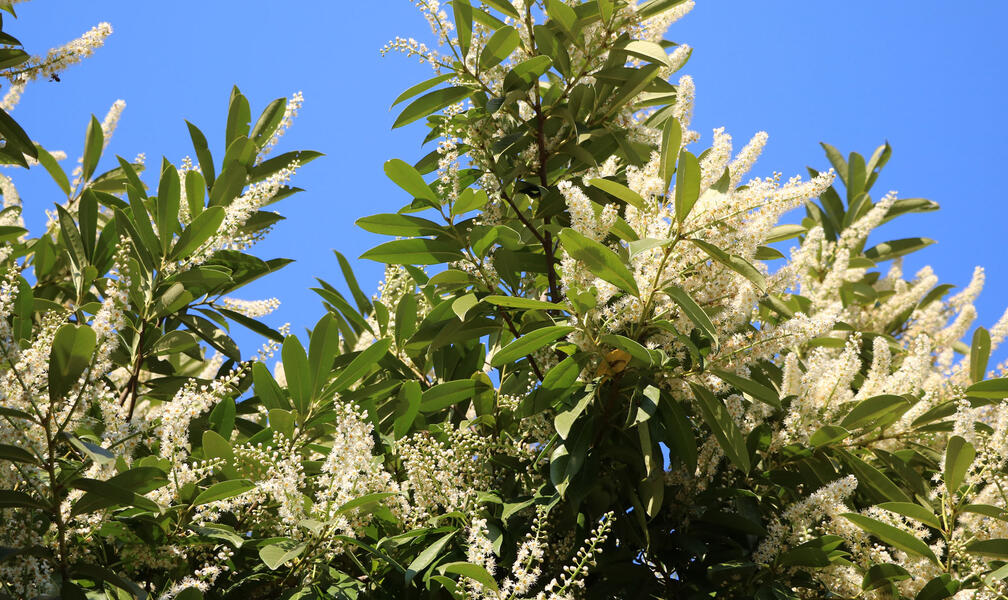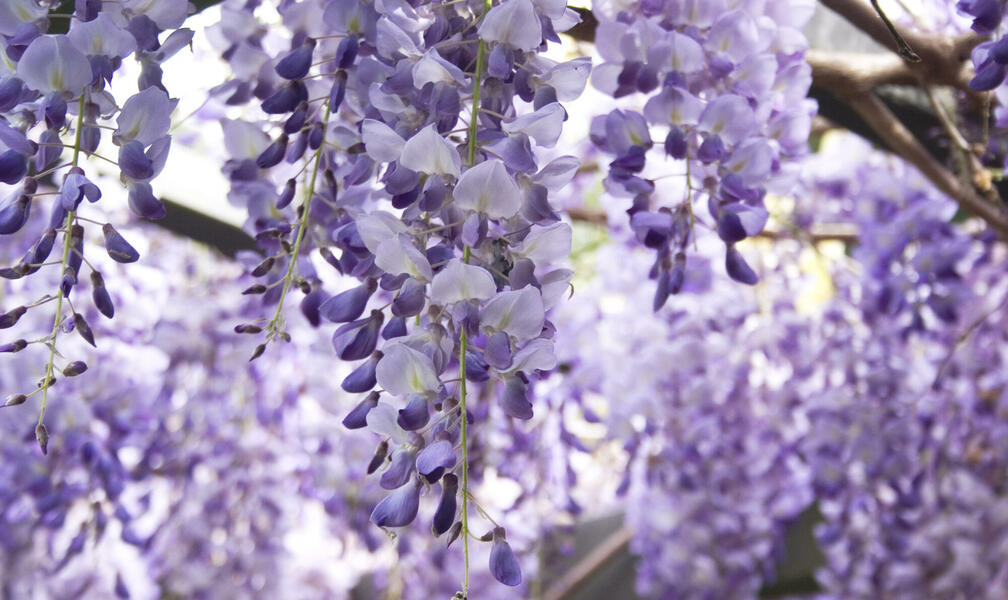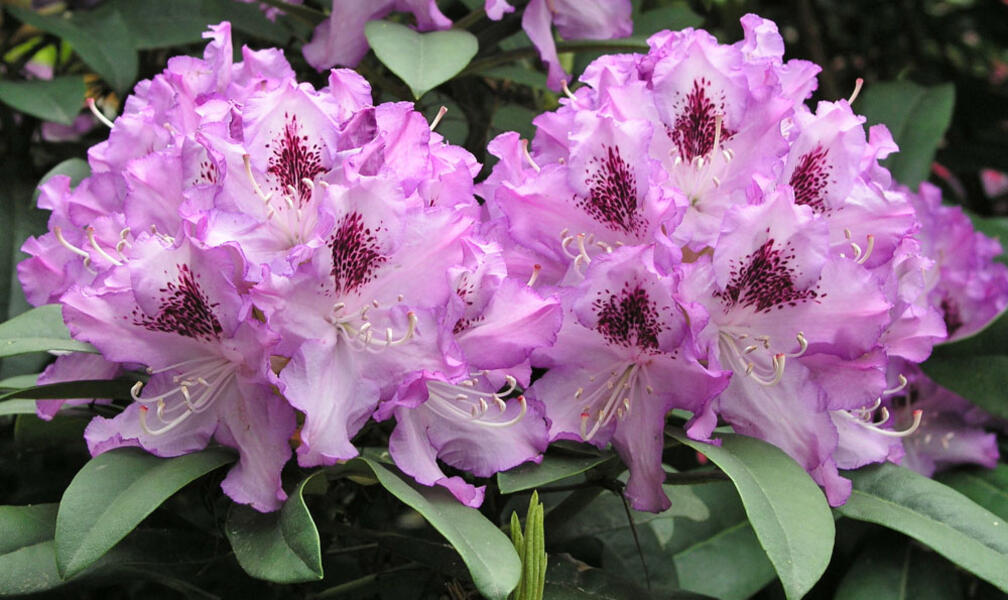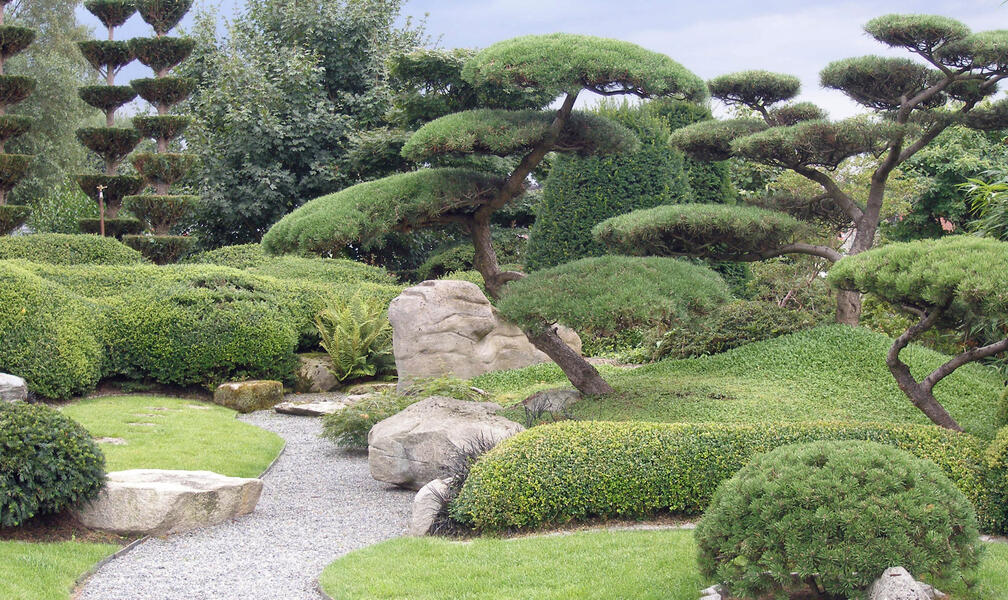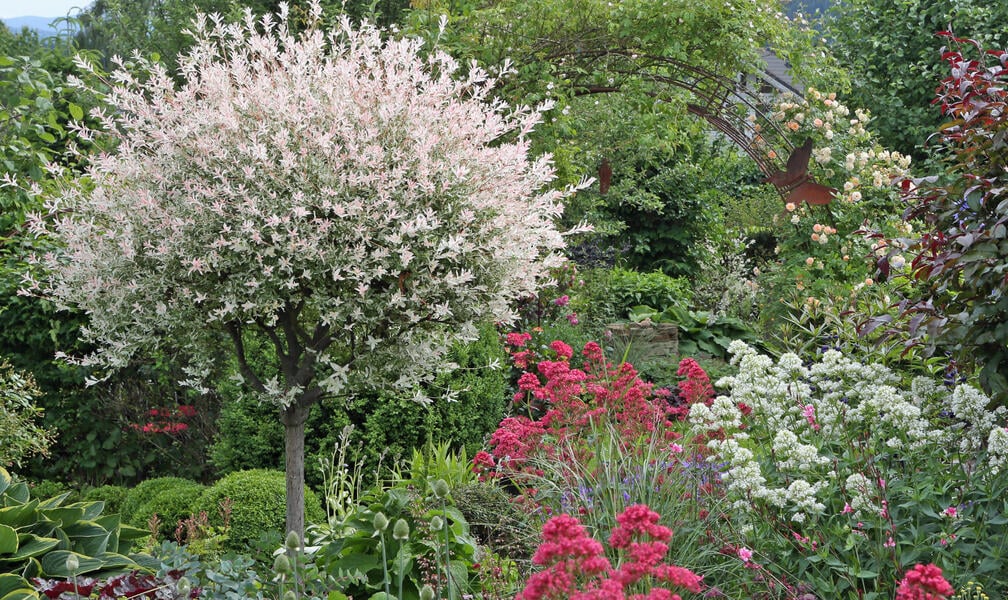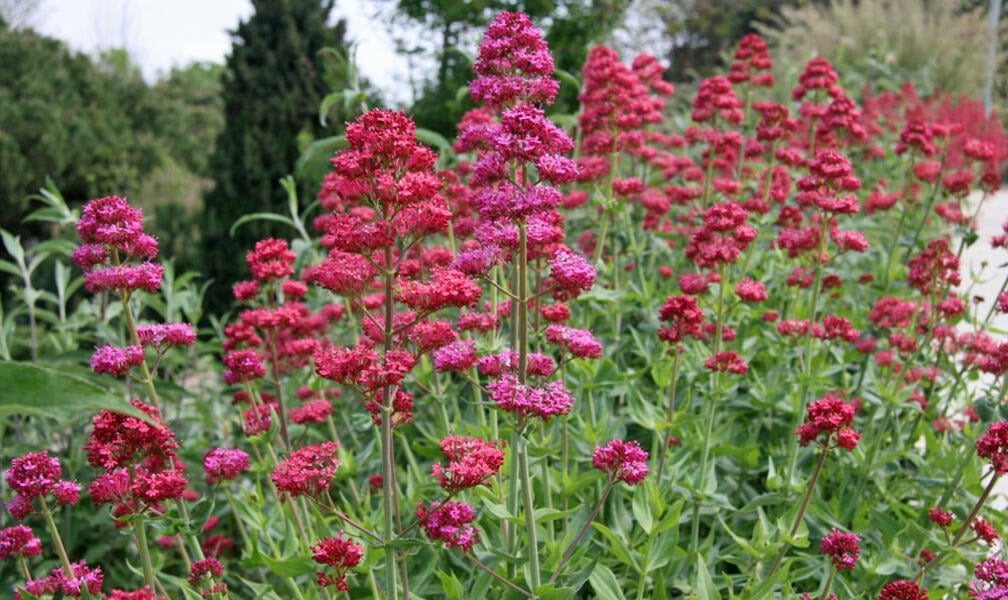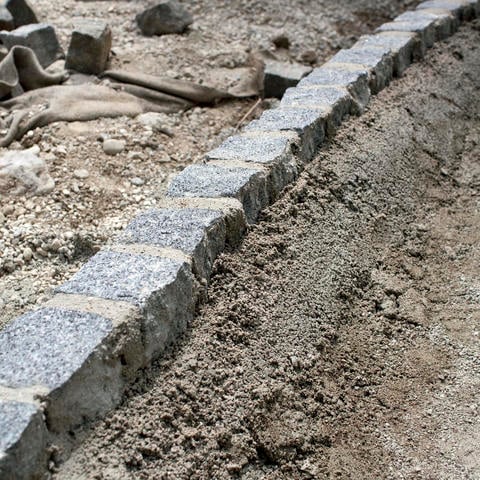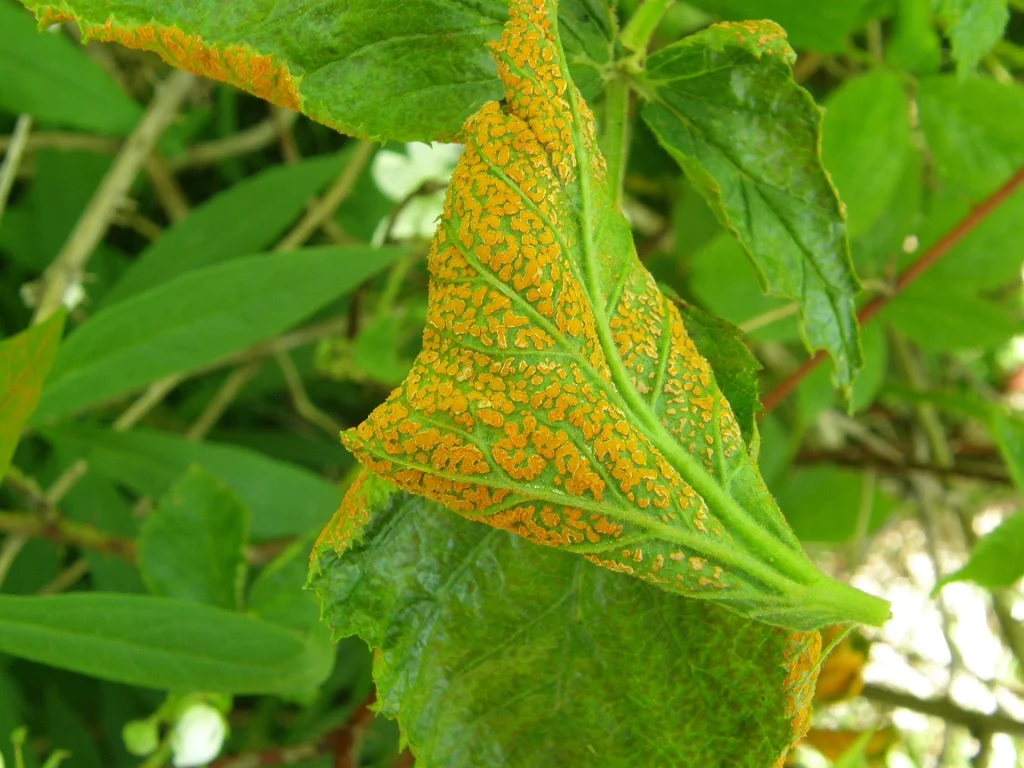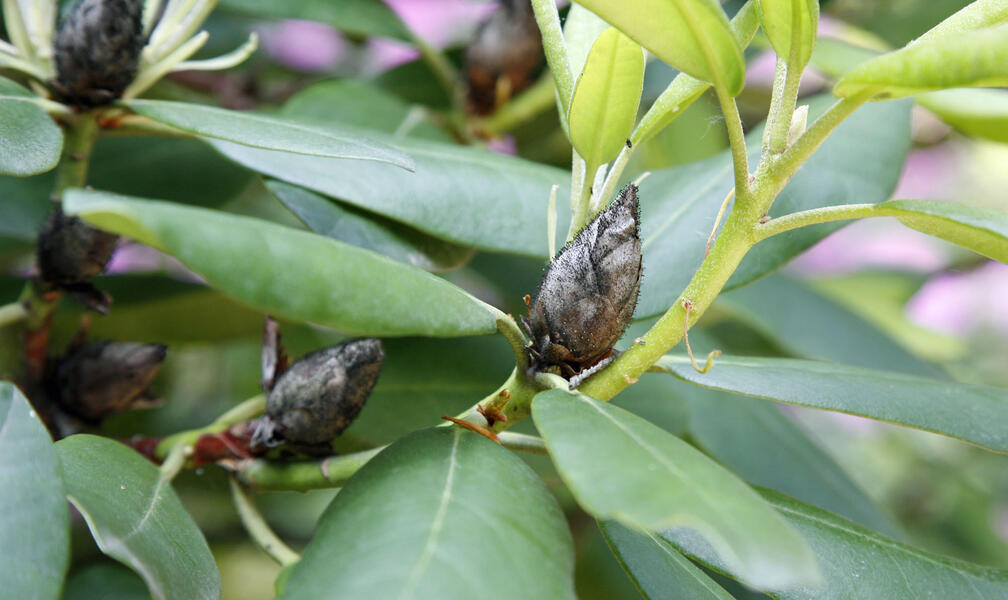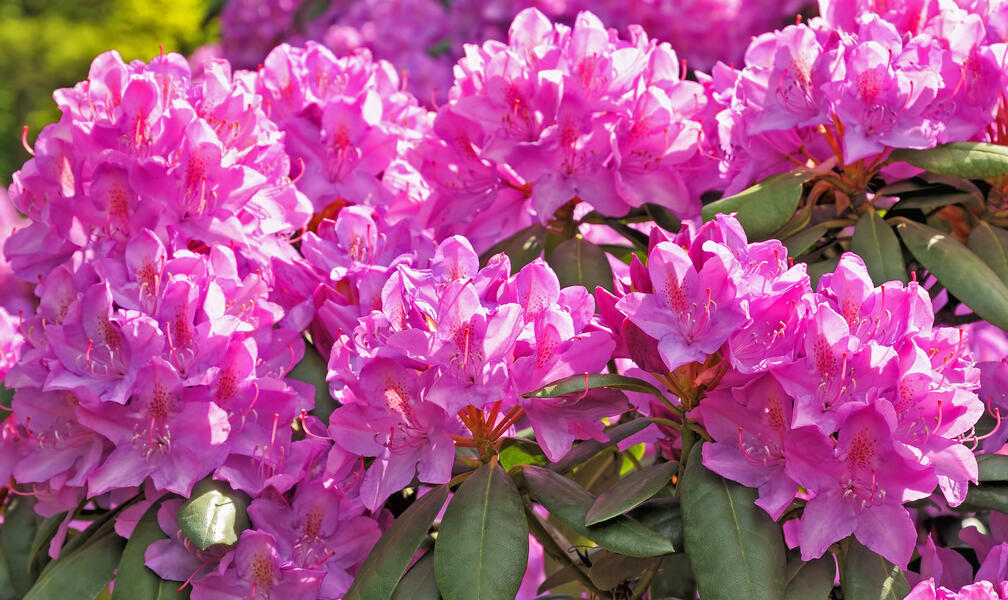Fertilizing Pampas Grass: When, How, and With What?
I absolutely love pampas grass in my garden — those tall, elegant plumes really make a statement. But I’ve learned that to keep pampas grass looking its best, it needs more than just good soil and sunlight. Proper fertilizing is key to helping it grow strong and beautiful each year. Let me share what I’ve […]
Fertilizing Pampas Grass: When, How, and With What? Read More »

